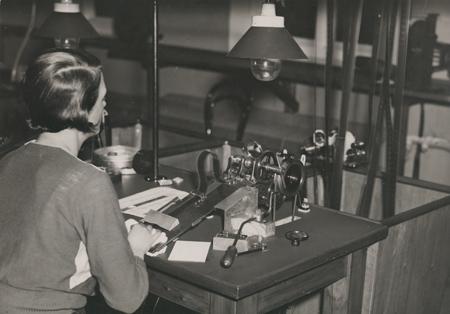On 30 November 2012, Nordisk Film Lab/Short Cut developed their last reel of analogue 35mm film. The laboratory started 106 years ago, in the kitchen of the company founder, Ole Olsen. During the more than 100 years there have been enormous commercial successes in the 1910s, when Nordisk Film was one of the five largest companies in the world, producing more than 100 feature films annually. More recently, artistically acclaimed films have won both Oscars and Golden Palms.
10 years ago Denmark was among the first countries to embrace digital intermediate post production, which brought great advances in effects work and cost efficient workflows. Within the last years both cameras and distribution have become digital as well, and only for long term preservation, analogue film remains the only proven carrier for safeguarding the cinema heritage.
In these days of digital flux, where computers and storage media generations last less than a decade, it is remarkable that 35mm film has been the standard for cinema motion pictures for a century. Analogue 35mm film remains as the mainstay for the existing film heritage, since it can be passively preserved for centuries under the right storage conditions. Digitally born and preserved films will still need to prove that they can be migrated without loss in the years to come.
As the analogue film production era ends, only the historical films will remain on their reels in the archive. The new digital era, in 2K, 3D and 4K, offers new types of stories, sharper technology and greater sound. Avatar was the film to break digital ground internationally. In Denmark, the film "A Royal Affair" is a more subtle example of how digital technology is now an integrated part of the creative production process. Digital cinema also has the potential to provide renewed access to the film heritage. There are many reasons that Nordisk Film Lab / Short Cut will continue, now as a fully digital film laboratory.
Even if this is the end of an era, it is also the beginning of a new one, with new challenges and opportunities.
Thomas Christensen is head of the Danish Film Institute's Preservation & Restoration unit, which preserves and restores the Danish film heritage by making security prints and by recreating film material as authentically and as close as possible to the original form.
From the analogue era
– A few pictures from the post production at Nordisk Film's laboratory:
